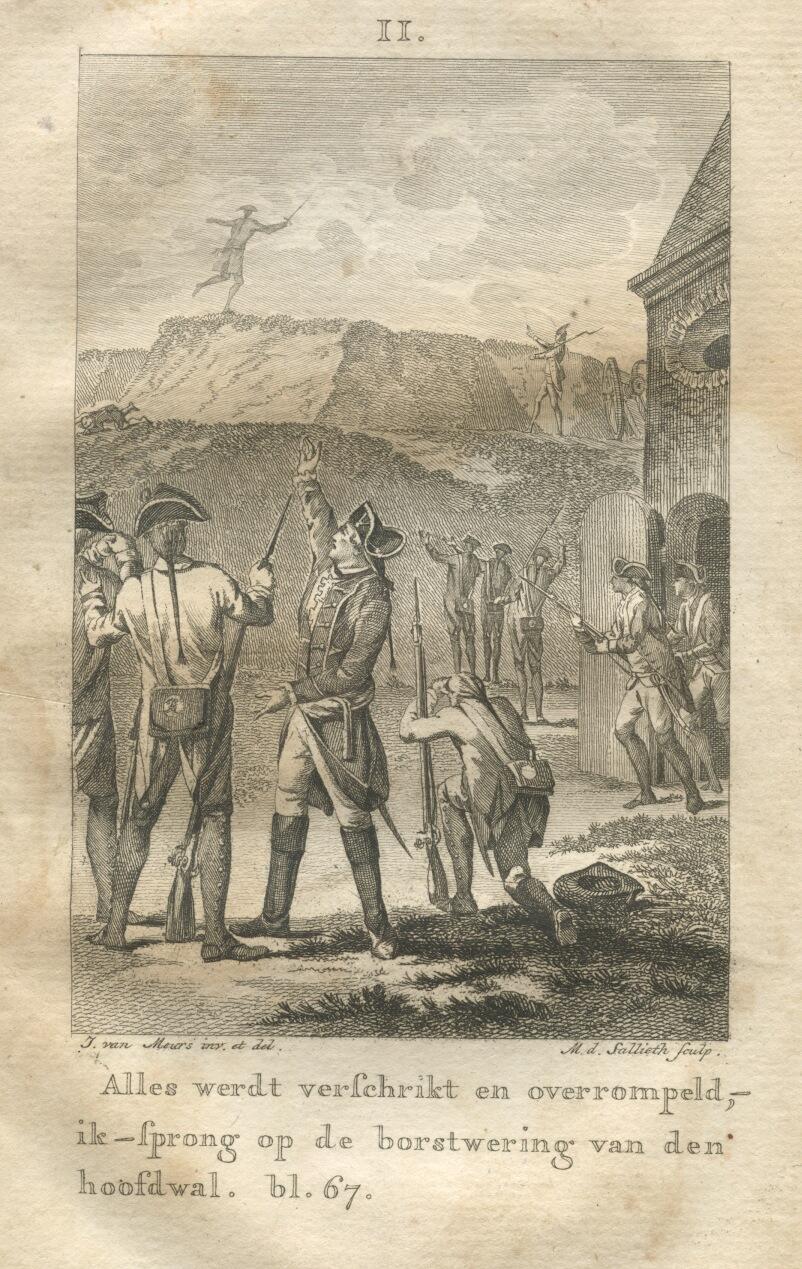Prince Louis Ferdinand of Prussia (Friedrich Ludwig
Christian, Berlin, Prussia, 18th November 1772 – Saalfield, Prussia, 10th
October 1806)
Today we mark the death of a young Prince whose passing was
strongly felt by his comrades. Born the son of Prince August Ferdinand and
Elisabeth Louise of Brandenburg-Schwedt, Prince Louis Ferdinand of Prussia was
a gifted and brave soldier as well as highly respected musician and composer,
lauded by the musical cognoscenti for his skills at the piano.
No doubt the remembered sounds of his celebrated musical
improvisations were naught but a distant memory when the Prince went to fight
in the French Revolutionary Wars. Wounded at the Siege of Mainz, he
nevertheless returned to the field to take up arms against Napoleon in the War
of the Fourth Coalition, a conflict that that he was passionate about winning.
In fact, Prince Louis Ferdinand did not only not live to see
the outcome of the War of the Fourth Coalition, he did not even make it past
the opening battle. At the Battle of Saalfeld, the Prince led over eight
thousand men against an opposing French army that was far superior in terms of
numbers, though he had no doubt in his ability to triumph in this fiercely
fought battle. With their backs to the river and no hope of retreat, Prince
Louis Ferdinand gave the order to charge the French cavalry, ideally ensconced
on the high ground, but the effort proved futile.
Guindet, a
Quartermaster with the 10th Hussars, offered Louis Ferdinand one last chance to
surrender and, unsurprisingly, he turned the offer down. Guindet's response was
swift and simple, he killed Louis Ferdinand there and then.
The Prussian defeat at the battle was devastating, as was
the loss of the young prince. He was later memorialised in music by Franz Liszt
and his own compositions live on to this very day.
Life in the Georgian Court, true tales of 18th century royalty, is available at the links below.
Pen and Sword
Amazon UK
Amazon US
Book Depository (free worldwide shipping)
Life in the Georgian Court, true tales of 18th century royalty, is available at the links below.
Amazon UK
Amazon US
Book Depository (free worldwide shipping)



























